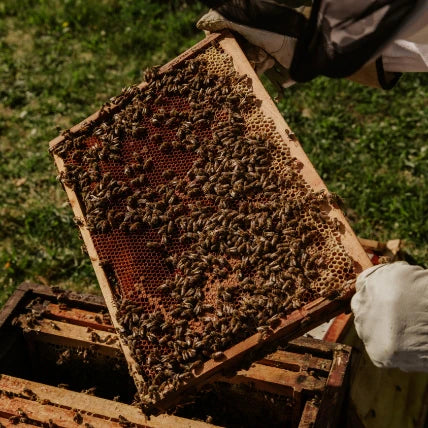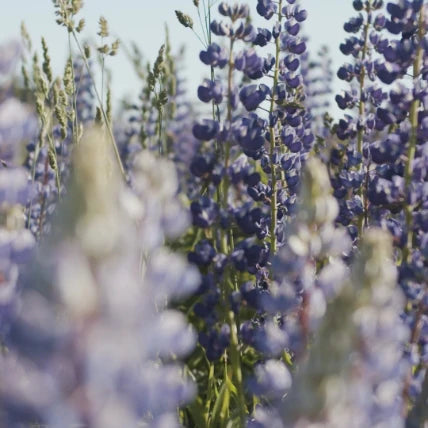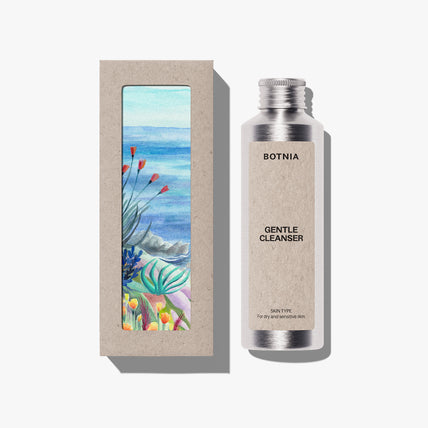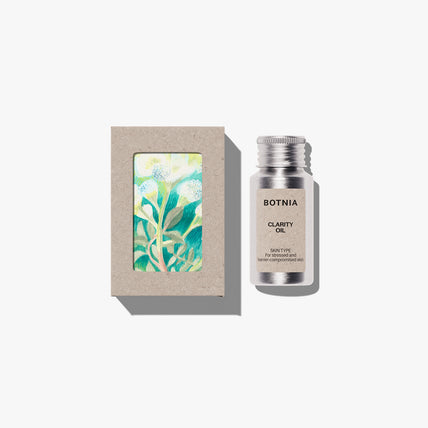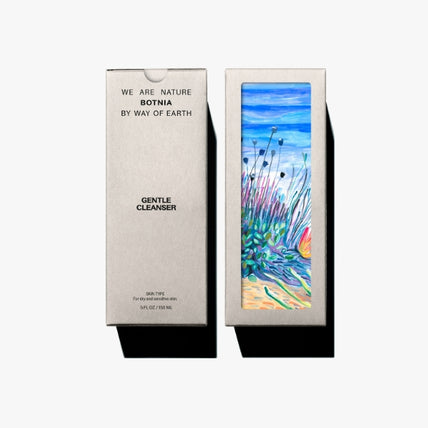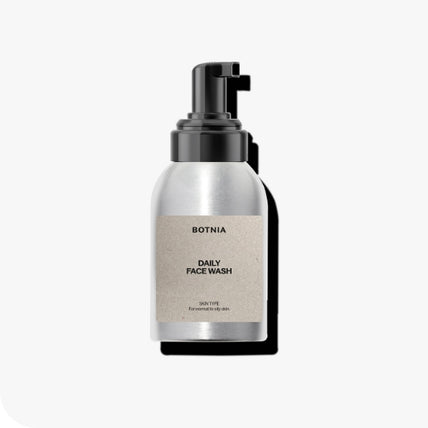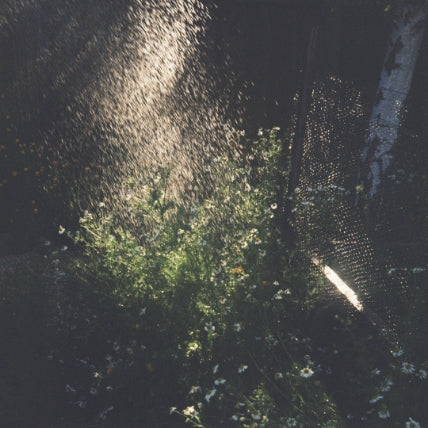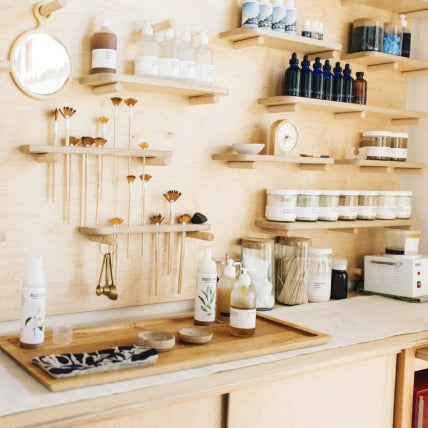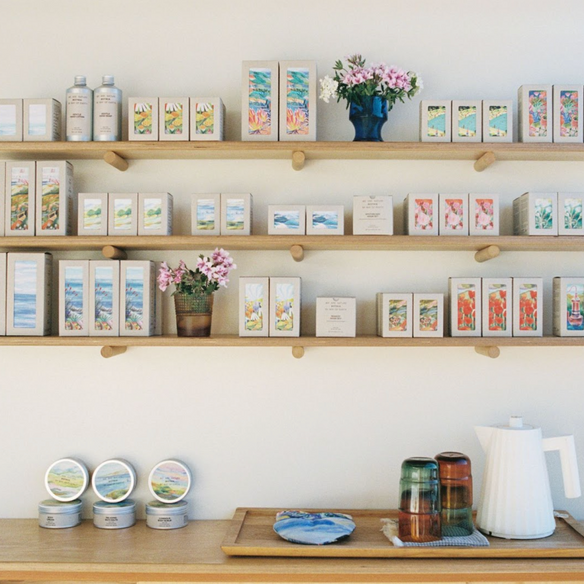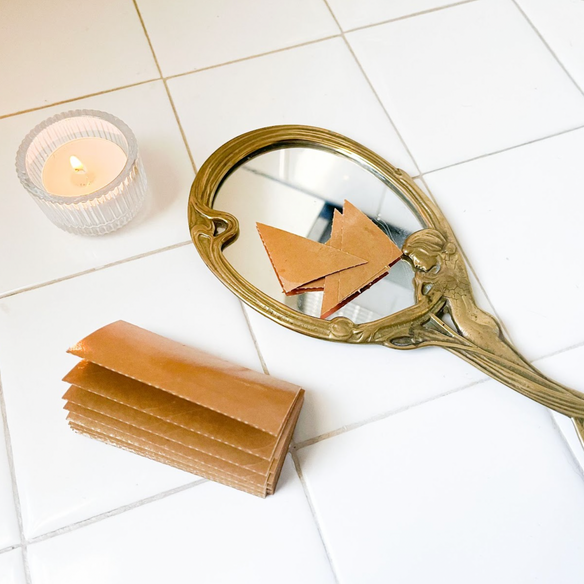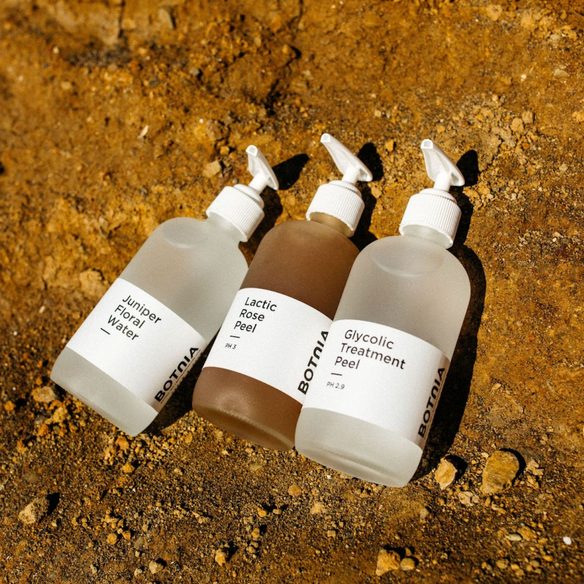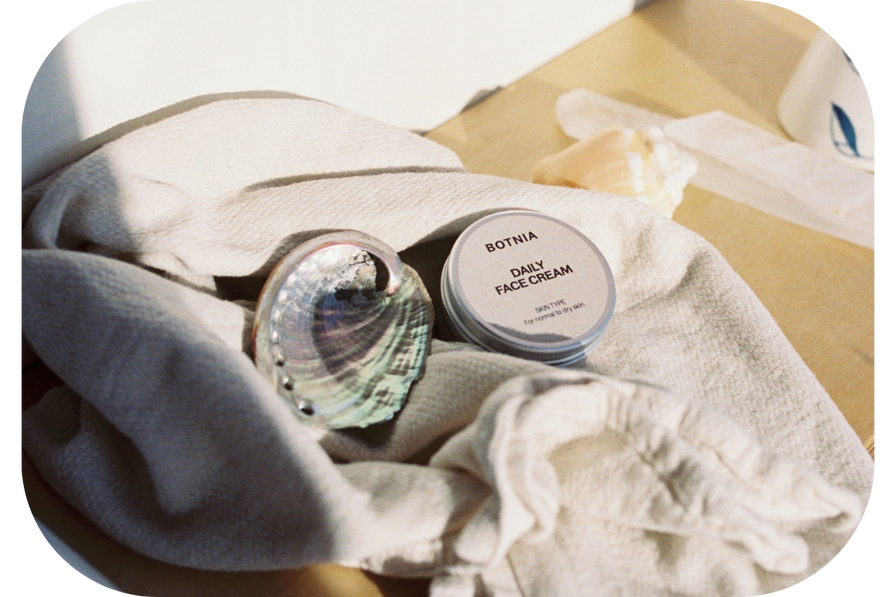
Botnia Explains Occlusives vs. Emollients vs. Humectants
A good moisturizer is one of just three products you need for a tried and true skincare routine (along with a cleanser and toner). Our simple approach to skincare takes some of the guesswork out of knowing what to look for in the beauty aisle. But sometimes, knowing what kind of moisturizer you need for your skin can be the trickiest part of the search for the perfect face cream….
We’re here to break down the complicated buzzwords that are used to describe types of face creams so you know exactly what ingredients you need for different climates!
Why do we need a moisturizer?
Let’s start with a little bit of science. When the temperatures drop, cold air doesn’t hold moisture as well as warm air does, and our skin and body aren’t able to pull moisture out of the air like they usually do to keep us healthy and comfortable. Our bodies tend to use most of their energy to keep the core of our body warm: that’s why fingertips and toes get cold first since they’re the furthest away from the center of our bodies. Our bodies are focusing all their energy to keep our systems running on the inside as smoothly as possible, and functions on the outside begin to be deprioritized the longer we stay outside. When your body gets so cold that the blood flow slows because an area is losing too much heat, that’s when frostbite happens. Without protection, symptoms show up as irritated, inflamed, red, chapped, or flaky skin leading to dull, dehydrated skin and sometimes fine lines and wrinkles. Much like adding clothing for layers of warmth, moisturizers act as a barrier to the cold air and help to keep your skin from drying out.
Let’s say you’re in a place that doesn’t snow but it’s still cold enough to warrant a heater running during the day. That heater doesn’t produce humidity in the air, so it’s still possible in dry but cold states that your skin still might act up in the winter months. Quick changes from the cold outside to the hot inside can also cause your body and the capillaries in your skin to expand and contract quickly causing redness, broken veins, and inflammation.
So what can we do about this?
Bring on the moisturizer! Because we can’t or won’t want to wear face coverings to keep our face skin warm, we use face creams to protect it instead!
But doesn’t our skin already have the ability to keep itself moist?
Our skin creates its own barrier to protect itself called the acid mantle. This thin layer of acidic film helps to protect our skin from bacteria, viruses, and other environmental damage. When we reach colder temperatures, our skin’s ability to protect itself decreases and so we can help aid our skin in protection by adding a layer of moisture over it to keep it from drying out.
With the help of the right moisturizer, you can help your skin stay hydrated and moisturized even in the warmest cabin in the coldest place on the earth. There are three different types of moisturizers and they’re different in the way they function: emollients, occlusives, and humectants. Let’s take a moment to break down each one.
Occlusive moisturizers
These are products that create a physical barrier on your skin to lock moisture in and block outside elements. Think of this as the clear coat of nail polish that locks in the rest of the layers in your routine. Occlusive moisturizers have oils and waxes that help to form a layer over the skin’s surface to physically block water from evaporating from the skin. This process is called transdermal water loss (aka TDWL in the skincare industry). When you use an occlusive barrier to help keep the moisture from leaving your skin, this prevents any tightness or dryness that can lead to wrinkles or other skin conditions.
Ingredients in occlusives tend to be thicker in consistency like beeswax, silicones, mineral oils, petroleum jelly, and zinc oxide.
Our face creams are all occlusives: Daily Face Cream, Restorative Face Cream, Daily Face Cream Light, Eye Cream, Body Cream and Gentle Hand Lotion.
Emollient moisturizers
These are products that mimic the skin’s acid mantle to help keep the skin from drying out. Emollients are made of long-chain fatty acids and help to prevent dry rough skin. These are the mama bears of moisturizers: not too heavy and not too light. They help to moisturize the skin and can improve skin function and help to aid in repairing environmental damage of the skin. Fun fact: emollient derives from the present participle of the Latin verb emollire, which, unsurprisingly, means “to soften or soothe.” Emollients can also have occlusive properties like preventing transdermal water loss.
Ingredients in emollients are easily spreadable on the skin and include fatty acids like jojoba oil, fatty alcohols, squalene, vitamin E, lanolin, ceramides, and pseudoceramides (products that mimic your skin barrier).
Our serums are emollients with occlusive properties that help to rebuild the skin barrier function: Replenishing Facial Oil, Wisdom Oil, and Clarity Oil.
Humectant moisturizers
Humectants bond with water molecules and hold them in the skin’s surface. This is your hyaluronic acid or glycerin and you’ll want to look for these types of ingredients if you’re feeling tight and dehydrated. Using humectants keeps your skin plump because they can pull moisture from the air, especially in humid environments. Humectants can also have emollient properties. When used in combination with an occlusive (face cream) this can help protect your barrier function and increase hydration in the skin.
Pro tip: Layer on those hydrosols! Unless you have a hydrosol nearby, in dry environments, you actually want to stay away from humectants as they can draw water from your body, causing your skin to be depleted of moisture. Adding a humidifier in the room with the heater is a great idea as well.
Ingredients in humectants are glycerin, hyaluronic acid, AHAs (glycolic acid, lactic acid, etc.) sorbitol, panthenol (a form of vitamin B5), and honey. Synthetically, these ingredients are propylene glycol and butylene glycol both deriving from petroleum, with butylene being less irritating to the skin. We’d still recommend avoiding these last two ingredients when you see them in a product.
Our Hydrating Serum is a humectant and helps to bring water into the skin when used with a water-based product like a toner or hydrosol.
Botnia’s Eye Cream can also technically be a humectant since its base is formulated with hyaluronic acid and helps to bring moisture to the applied areas.
Our Soothing Repair Mask is also a humectant because it includes hyaluronic acid, helping to keep moisture in the skin. Perfect for slugging during the winter months!
Sonoma County Bee Company’s Honey Mask in our Healing Mask Set is also a humectant and great for winter weather.
TLDR?
Occlusive – Thickest of all creams, creates a protective (occlusive) barrier, like a rain jacket over the skin. Think waxes, petroleum jellies, butters, and silicones. Keeps moisture in and prevents transdermal water loss. Best for dry, cold, wet, and snowy climates.
Emollient – Mama bear of creams. Creates a protective layer, adds moisture to the skin, and softens the skin. Emollients can have occlusive properties like preventing transdermal water loss. Use with skin that needs softening; dry, cracked, peeling skin. These are fatty acids and plant oils like jojoba oil and squalane. Best for dry, cold, wet, and snowy climates.
Humectant – Attracts moisture and hydrates skin with humectant properties. These are your hyaluronic acids and glycerin. Use with skin that’s dehydrated, also great for oily skin. Best when used with a water-based product. Best avoided in dry cold or dry heat climates, unless using a water-based product. Best for wet, damp climates.
We hope this breakdown helps take the confusion out of shopping for moisturizers! If you’d like to check which type of moisturizer will work best for your skin, our Master Estheticians can make recommendations just for you. Email botniaskincare@gmail.com or DM us!
Xo,
Botnia
Share your thoughts
Your email address will not be published. Required fields are marked *
